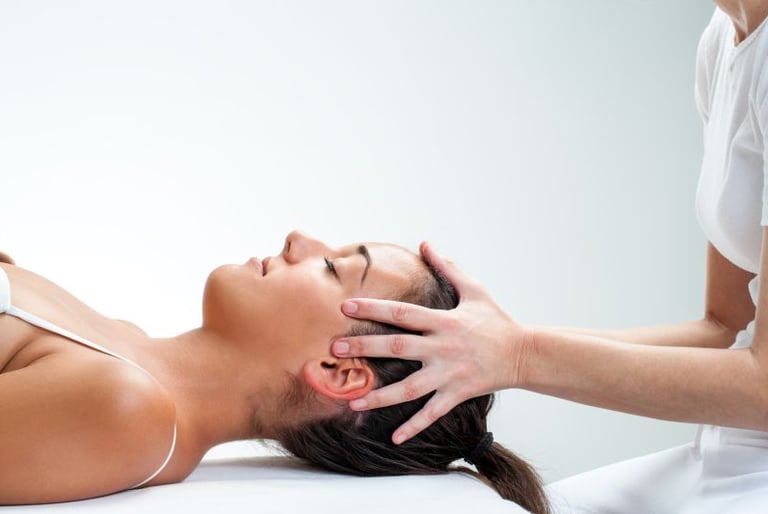Osteopathy
Osteopathy is a science based on the anatomy and physiology of the human body, focusing on the patient as a whole, not solely on symptoms.
Within its holistic context, it uses manual techniques to assess and treat any mobility impairments that may exist at the visceral, neuromuscular, or cranial levels, seeking to rebalance the body. Therefore, by normalizing posture, vascularization, innervation, and movement of the affected structures, pain relief is achieved.
Osteopathy




Who is Osteopathy for?
Osteopathy is recommended as preventive and complementary medicine in conjunction with other specialties or individually for people aged 0 to 100, including pregnant women and athletes.
What can osteopathy treat?
Osteopathy's treatment options are broad, encompassing the entire human body. It can treat the most common conditions, including sciatica, low back pain, back pain, neck pain, scoliosis, herniated discs, and torticollis. It can also treat sprains, tendonitis, epicondylitis, carpal tunnel syndrome, shoulder pain, temporomandibular joint (TMJ) problems, and muscle strains and contractures.
The list also includes many problems resulting from traffic accidents, falls, fractures, or surgeries. Osteopathy can also help resolve migraines, headaches, digestive problems, insomnia, depression, vertigo, labyrinthitis, sinusitis, glaucoma, premenstrual tension, constipation, stress, and respiratory problems. The osteopath doesn't just eliminate the consequences of the problem; he or she searches for the cause, thereby determining and treating the dysfunction at its source.
During consultations, he always seeks to uncover the cause of the symptom so he can cure the patient. To do this, using his hands as instruments, he uses various techniques.
